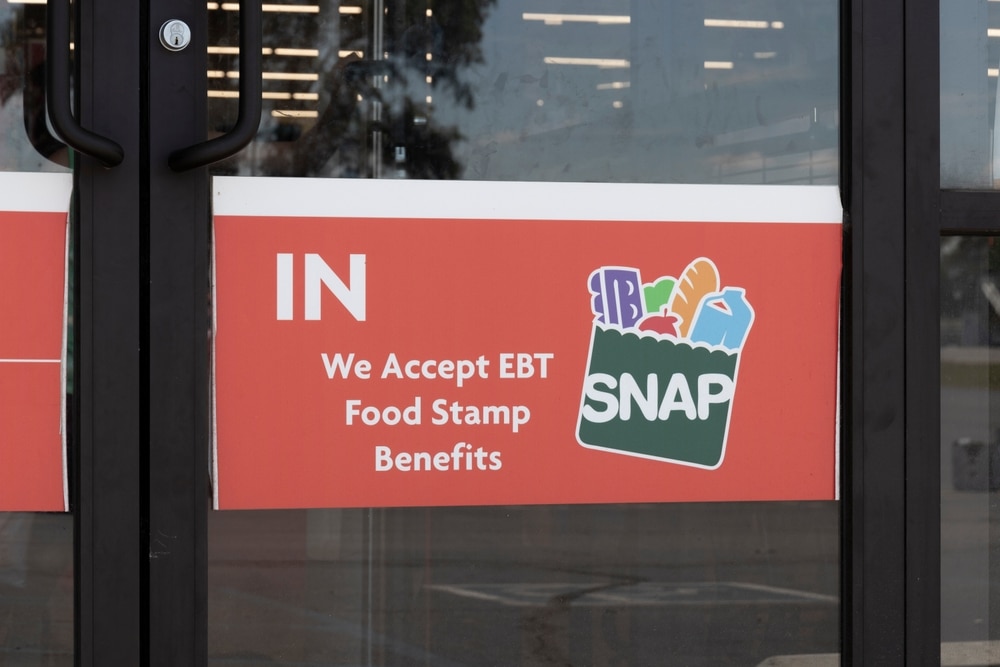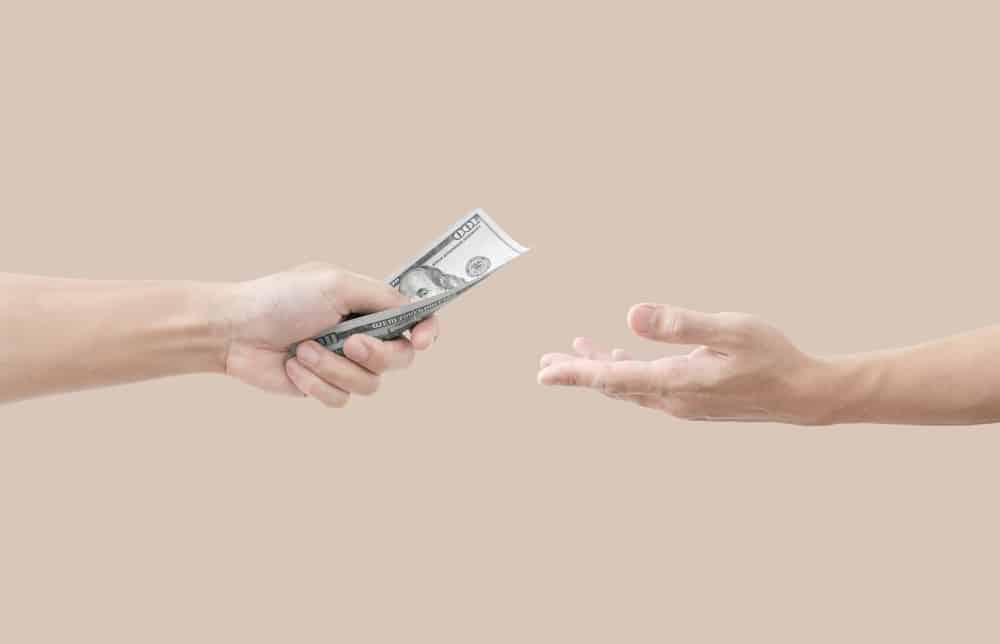
Families May Qualify for Up to $1,390 a Month in Grocery Support

Feeding your family shouldn’t be a daily struggle—but for millions of Americans, it is. With grocery prices continuing to rise and budgets stretched thin, many households find themselves forced to make tough choices between food, rent, and other basic needs. That’s where the Supplemental Nutrition Assistance Program, or SNAP, comes in.
Often still referred to as “food stamps,” SNAP is the nation’s largest nutrition assistance program. It exists to help low-income individuals and families afford the groceries they need to stay healthy and nourished. But what many people don’t realize is just how impactful the program can be. Depending on your household size and financial situation, you could receive up to $1,390 a month in grocery assistance through SNAP.
If you or someone you know is having a hard time putting food on the table, here’s what you need to know about how SNAP works, who qualifies, what you can buy, and how to apply.
What Is SNAP and Why Does It Matter?
SNAP is a federally funded program run by individual states. Its goal is simple: to reduce hunger and improve nutrition by giving people the means to purchase healthy food. Rather than handing out physical food boxes or vouchers, SNAP benefits are loaded onto an EBT (Electronic Benefit Transfer) card each month. This card works just like a debit card and can be used at most major grocery stores, convenience stores, discount retailers, and even farmers markets. Some states even allow you to use your benefits online for delivery or pickup orders.
SNAP helps people in a variety of situations—working families who aren’t making enough to cover monthly expenses, older adults on fixed incomes, single parents, college students, and people dealing with job loss or illness. It’s not about handouts; it’s about giving people breathing room so they can eat well while getting back on their feet or staying afloat during tough times.
The amount you receive each month depends on a few factors, including your income, expenses, and the number of people in your household. The program is designed to scale, so larger households with more mouths to feed may qualify for more support.
How Much Can You Receive?
SNAP benefits vary based on household size and income, but the program sets maximum monthly allotments to guide eligibility. As of 2025, here are the estimated maximum monthly SNAP benefit amounts for households in the 48 contiguous states and Washington, D.C.:
-
A household of 1 can receive up to $291
-
A household of 2 can receive up to $535
-
A household of 3 can receive up to $766
-
A household of 4 can receive up to $973
-
A household of 5 can receive up to $1,155
-
A household of 6 can receive up to $1,386
-
A household of 7 can receive up to $1,532
-
A household of 8 can receive up to $1,751
If your household includes more than 8 people, an additional $219 is added per person. That means if you’re raising a large family or caring for multiple dependents, your SNAP benefits can scale to meet your needs. And yes—a household of six may qualify for nearly $1,400 per month, which can go a long way toward keeping everyone well-fed.
It’s important to understand that these are maximum benefits. The actual amount you receive depends on your household’s income and allowable deductions (like housing and childcare expenses), which are used to calculate your net income. But even if you don’t qualify for the full amount, every dollar helps when it comes to feeding your family.
What Can SNAP Be Used For?
SNAP benefits are specifically meant for purchasing food and food-related items. The program aims to promote good nutrition and give people access to the types of groceries they’d need for balanced meals.
Eligible items include:
-
Fresh fruits and vegetables
-
Meat, poultry, and fish
-
Dairy products like milk, cheese, and yogurt
-
Breads, cereals, rice, and pasta
-
Snack foods and non-alcoholic beverages
-
Seeds and plants that produce food
In many areas, you can even use SNAP at farmers markets or through community-supported agriculture (CSA) programs. Some markets offer matching programs—like “Double Up Food Bucks”—that give you extra value for your SNAP dollars when you buy fresh produce.
SNAP does not cover:
-
Alcohol or tobacco products
-
Vitamins, supplements, or over-the-counter medications
-
Hot or prepared foods (with some exceptions for authorized restaurants or senior meal programs)
-
Non-food items such as soap, paper products, or pet food
The focus of SNAP is on supporting long-term food access and nutritional stability, not on convenience or indulgence. But within those parameters, recipients have the freedom to shop for the foods they prefer and need most.
Who Qualifies for SNAP?
Eligibility for SNAP is based on a combination of factors. While each state administers the program independently and may have slight differences in how they process applications, the general federal rules apply across the board.
To qualify, you typically must:
-
Be a U.S. citizen or a legal non-citizen
-
Live in the state where you’re applying
-
Have a household income within the established limits
-
Meet certain asset/resource thresholds in some cases
In most cases, your gross monthly income must be at or below 130% of the federal poverty line. After applying certain deductions (for housing costs, dependent care, medical expenses for elderly or disabled members, etc.), your net income must be at or below 100% of the poverty line.
For example, in 2025, a household of three would need to have a gross monthly income under approximately $2,622 to qualify. But that number can shift based on deductions and your specific situation.
Special considerations are made for elderly or disabled individuals, working students, and households with high expenses relative to their income. Even if you think you’re earning too much, it’s worth applying—you may be surprised to learn you qualify.
How to Apply for SNAP
Applying for SNAP is easier than you might think. Most states offer online applications through their Department of Human Services or equivalent agencies. You can also apply in person, by phone, or by mail in many cases.
To apply, you’ll generally need:
-
Proof of identity and residency
-
Proof of income (pay stubs, tax forms, unemployment documentation)
-
Records of expenses (rent, utility bills, child care, medical costs)
Once you’ve submitted your application, a caseworker may reach out to schedule a phone or in-person interview. This is your chance to go over your situation, ask questions, and provide any missing documentation. Most applications are processed within 30 days, though if your income is extremely low or you’re in crisis, you may be eligible for expedited SNAP, which can provide benefits in as little as 7 days.
If approved, you’ll receive an EBT card and instructions on how to use it. Your benefits will be reloaded each month on the same date, and you’ll need to recertify periodically to remain eligible.
Extra Support That Comes with SNAP
SNAP doesn’t just help you buy food—it can unlock access to a range of other benefits. Once you’re enrolled, you may automatically qualify for:
-
Free or reduced-price school meals for your children
-
Discounted internet or phone service through the Lifeline program
-
Utility assistance through programs like LIHEAP
-
Discounts at farmers markets and grocery stores that offer matching programs
-
EBT discounts for museum and zoo admissions, transit passes, and more (depending on your area)
For families, especially those with children or elderly relatives, this added support can make a meaningful difference in managing household expenses.
You Deserve Support
If you’re working hard, caring for loved ones, and doing your best to stay afloat—but still struggling to afford groceries—you’re not alone. SNAP exists for exactly this reason: to make sure that no one has to go hungry in the face of financial hardship.
There is no shame in asking for help. In fact, applying for SNAP is a smart, responsible step toward protecting your health, your family, and your future. Whether you need short-term help or ongoing support, the program is there to serve you.
A few minutes filling out an application could translate into hundreds of dollars in food assistance each month. It’s help that’s available, waiting, and designed for people just like you.
Final Thoughts
SNAP is more than just a program—it’s peace of mind. For families across the country, it provides the freedom to focus on living rather than surviving. With benefits that can reach $1,390 a month or more, it’s one of the most powerful tools available to fight food insecurity and promote dignity and health.
If you think you might qualify, don’t wait. Visit your state’s SNAP website, call your local human services office, or stop by a community resource center for help with the application process. You could be just days away from getting the support you deserve.
Disclaimer: JetWord.com is a privately owned platform and is not affiliated with any government agency. We provide informational content to help readers understand public programs like SNAP, but we do not process applications or determine eligibility. For official program details and to apply, please visit your state’s SNAP website or contact your local Department of Human Services.
Related Posts
-
How to Qualify for Over $2,000 a Month in Benefits
07 | 06 | 2025
Advertisement If you’re living with a disability and unable to work, Social Security Disability Insurance (SSDI) can provide critical income to help cover your bills, food, and housing. But many people don’t realize that SSDI payments can vary widely—and yes, some recipients get over $2,000 a month in benefits. So how does that work? And […]
-
How to Find Low-Income Housing With No Waiting List
07 | 06 | 2025
Advertisement If you’ve ever applied for low-income housing, you probably know how frustrating the wait can be. It’s not unusual for public housing or Section 8 waitlists to be closed for years—or for your name to sit in the same place for what feels like forever. When you’re in a housing crisis or facing financial […]
-
How to Check Your Section 8 Status
07 | 06 | 2025
Advertisement If you’ve applied for Section 8 housing assistance, you’re not alone—and you’re probably wondering what happens next. The waiting process can feel long, confusing, and stressful, especially when your housing situation is uncertain. It’s completely normal to want updates. You might be asking yourself, “How can I check my Section 8 status?” or “Why […]
-
How to Get Emergency Section 8 Housing Fast
07 | 06 | 2025
Advertisement When you’re facing a housing emergency, every moment feels urgent. Whether you’re escaping abuse, sleeping in your car, or recovering from a disaster, waiting on a years-long housing waitlist isn’t an option. That’s where Emergency Section 8 housing—also known as a priority or preference status—can be a vital resource. This guide walks you through […]
-
How the Lifeline Program Can Help You Stay Connected
06 | 15 | 2025
Advertisement If you’re living on a tight budget, covering the cost of a phone and cell service might feel out of reach. But in today’s world, staying connected isn’t a luxury—it’s a necessity. Whether it’s calling your doctor, managing a job application, or checking in with family, having a phone is essential. What many people […]






